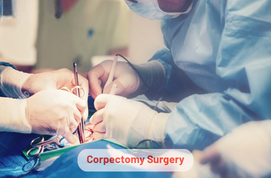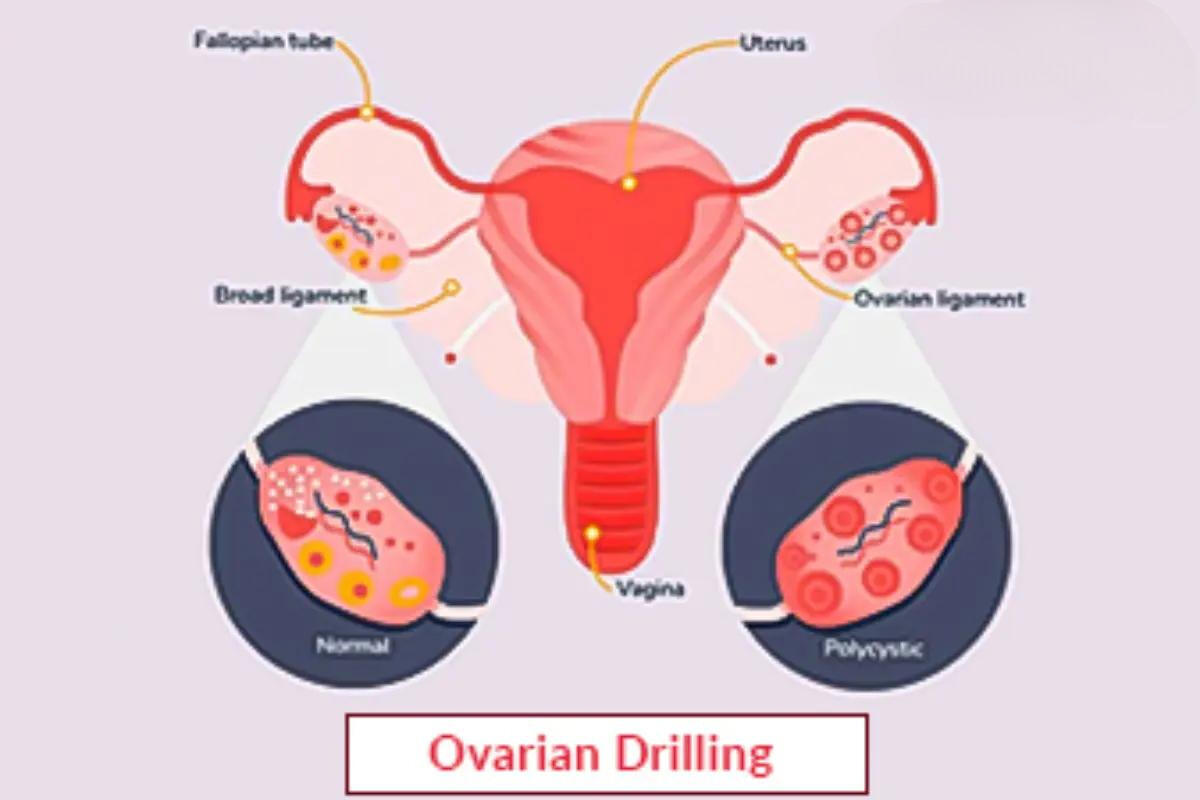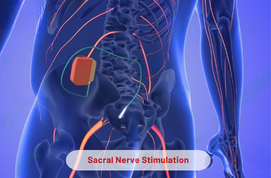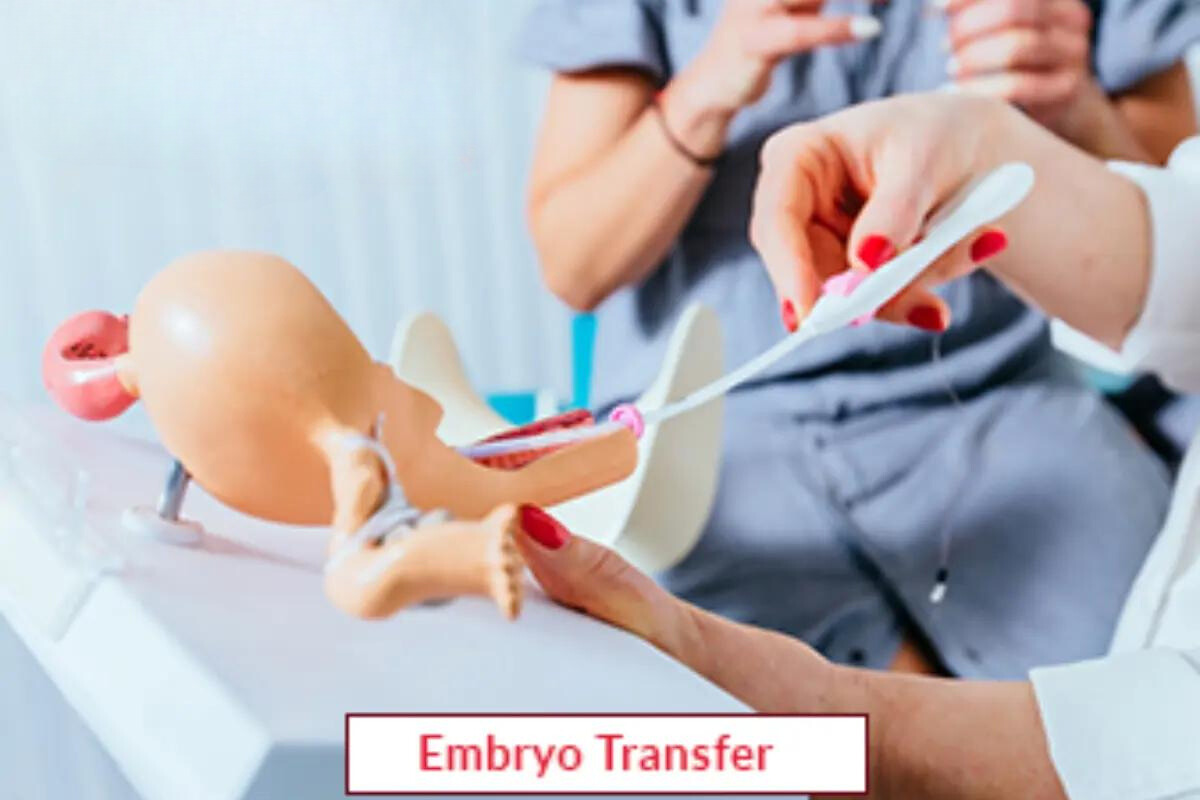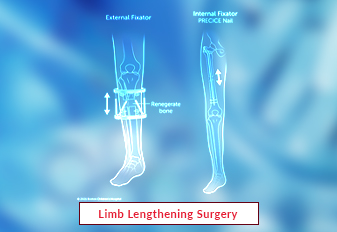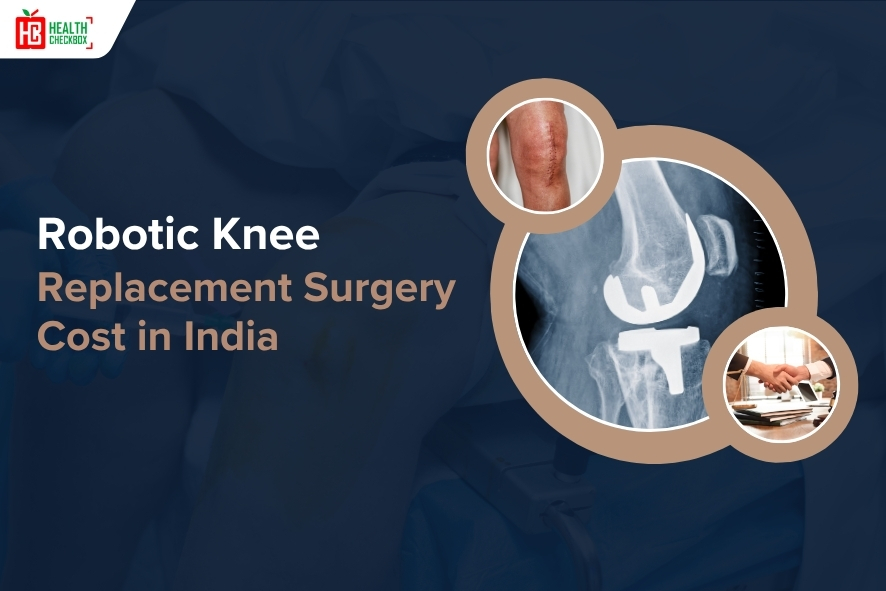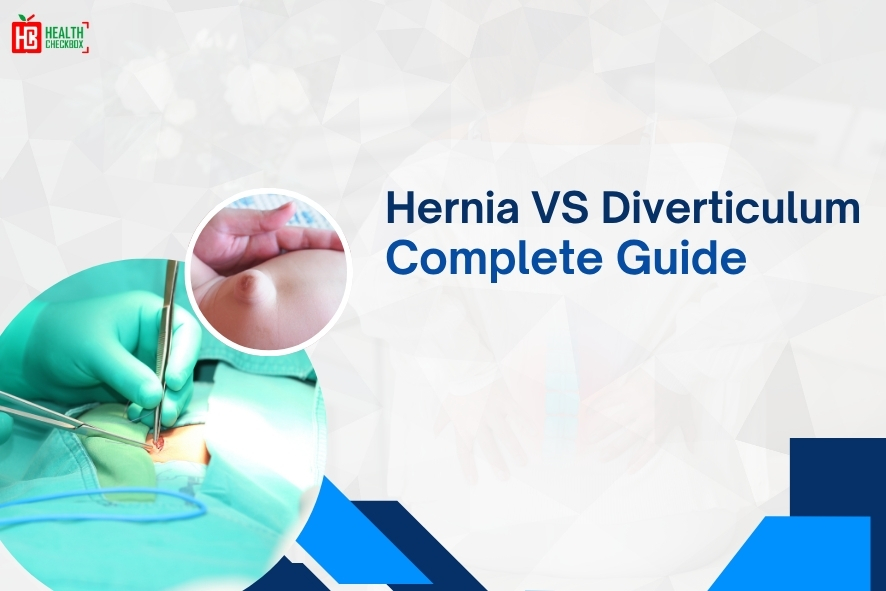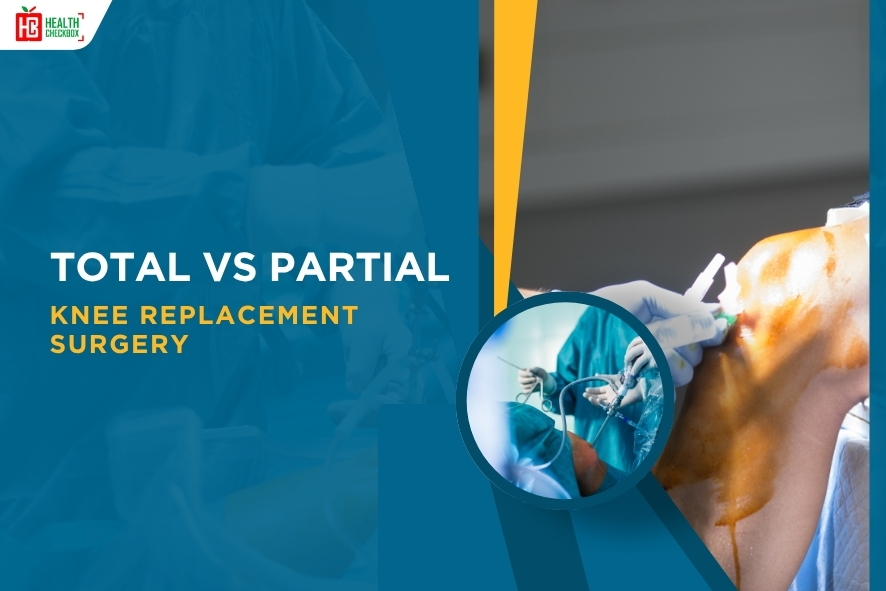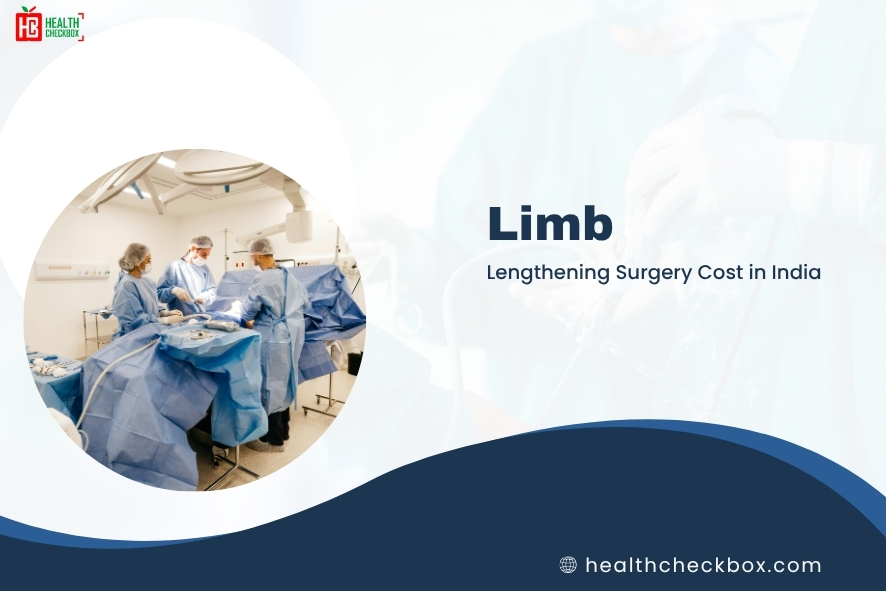Spinal cord injury has creates a negative impact on males and females. It occurs due to damage in the vertebral body. This problem can be dangerous for their health and cannot be cured easily. It causes several symptoms such as paralysis, numbness etc.
Its best treatment approach is corpectomy surgery. This surgical procedure provides pressure relief on the spinal cord and nerves after the removal of damaged vertebrae. A doctor performs this surgery when other treatment options fail. It is more effective than laminectomy and discectomy in severe conditions. The cost of this surgery may vary depending on its complexity, requirement of surgical tools and location.
Types of Corpectomy Surgery
This surgery is of different kinds. These include the following:
1. Cervical Corpectomy
It involves the removal of damaged vertebrae and intervertebral disc from the neck. A doctor recommends this surgery for the treatment of degenerative spondylitic disease, tumors, trauma etc.
2. Lumbar Corpectomy
A bone or disc material is eliminated from the lower back, which helps to relieve pressure on the spinal cords and nerves. It is suitable for treating spinal fracture, deformity correction and other spinal conditions.
3. Thoracic Corpectomy
It involves the elimination of a portion of a vertebral body from the mid-back region. This surgery is applicable for the management of bone spurs, degenerative disc disease etc.
4. Skip Corpectomy
A surgeon performs this surgery to remove the bone at the C4 and C6 levels of the spine. It improves stability and provides efficient decompression in the spinal cord. Its fusion rate is high but the complication rate is low.
5. Oblique Corpectomy
In this surgical procedure, a portion of the vertebral body is removed through an angled approach. It is different from anterior and posterior corpectomy surgeries. This method is applicable for patients suffering from spondylotic myeloradiculopathy and cervical spine pathologies.
Why is this Surgery Essential in Patients?
The significance of this surgical procedure is to treat the following conditions. These are as follows:
- Spinal Infections
- Cervical or Lumbar Spondylotic Myelopathy
- Spinal Tumors
- Cervical or Lumbar Radiculopathy
- Spinal fractures or Instability
- Vertebral Osteomyelitis
- Congenital Spinal Deformities
- Spinal Stenosis
- Herniated or Degenerative Discs
- Traumatic Spinal Injuries
Benefits of Corpectomy Surgery
The advantages of this surgical procedure are as follows:
a) It provides relief from chronic neck or back pain in patients.
b) This method improves the spine stability after the replacement of damaged vertebrae with a bone graft.
c) It not only improves the quality of life in patients but also enhances the overall function of the spinal cord.
Risks and Complications
The risks of this surgery are as follows:
- Excessive bleeding
- Difficulty in breathing and eating
- Infection
- Bone graft failure
- Damage in nerve and spinal cord
- Implant failure
- Pain
Before Procedure
The several instructions that must be followed before the surgical procedure are as follows:
- A highly addictive drug known as nicotine must be avoided before the surgery. It increases the risk of infection which delays healing and creates a problem during surgical procedure.
- Some medication drugs such as blood-thinning medicines, anti-inflammatory drugs etc., should not be taken by an individual before the procedure. They can cause blood loss, which is harmful for his or her health.
- Stop eating food and drinking water before the surgical procedure.
- Consult with a relevant doctor when suffering from allergies after taking medicine.
- The contact lenses, eyeglasses, nail polish, dentures etc., must be removed on the day of surgery.
- You can pack your bag with toiletries and comfortable clothing while staying overnight.
A healthcare provider conducts different tests before corpectomy surgery. These include the following:
- Blood tests
- MRI scan
- CT scan
- Electrocardiogram
- Echocardiogram
- Urinalysis
During Procedure
The following things that can be expected during the surgical procedure:
- A surgeon can access the vertebral column after making a surgical incision typically in the neck or back.
- The front part of the vertebra will be removed after an incision.
- A discectomy will be performed at either end of the vertebral body.
- A bone graft will be placed in the open space for the growth of new bone.
- The plates and screws will be used for stabilizing the spine and the implants.
- After the surgery completion, a surgeon closes the incision through the sutures or surgical staples.
After Procedure
1. A patient will spend some time in the hospital for a few days. He or she will be taken into the recovery room for the identification of their health condition such as pain, blood pressure etc.
2.The pain medications, which are prescribed by a relevant doctor, should only be used for a short period. A patient can take acetaminophen drug for pain management after a few days.
3. A patient must wear a neck brace or cervical collar that can be worn for 4 to 6 weeks. This will support his or her neck muscles as well as cure bone graft easily.
4. After the surgery, the muscles and nerves take time for proper recovery . However, a patient must prohibit strenuous activities and lifting heavy objects for several weeks or months.
5. An individual can start physical therapy around two days after surgery. This helps to regain mobility and strengthen the muscles and neck.
6. A patient can chew soft foods which are high in proteins and drink plenty of water for healing. He or she must schedule regular appointments to monitor healing and the fusion process.
Our Other Services
Latest Health Tips
Asthma vs Bronchitis
Cochlear Implant vs Hearing Aid
Heart Transplant vs Kidney Transplant
Robotic Knee Replacement Surgery Cost in India
Hernia VS Diverticulum: Complete Guide
Total vs Partial Knee Replacement Surgery
Limb Lengthening Surgery Cost in India: Cost Comparison
10 Best Countries for Knee Replacement Surgery: Affordable & Top-Rated Options
Submit Your Enquiry
Testimonials








